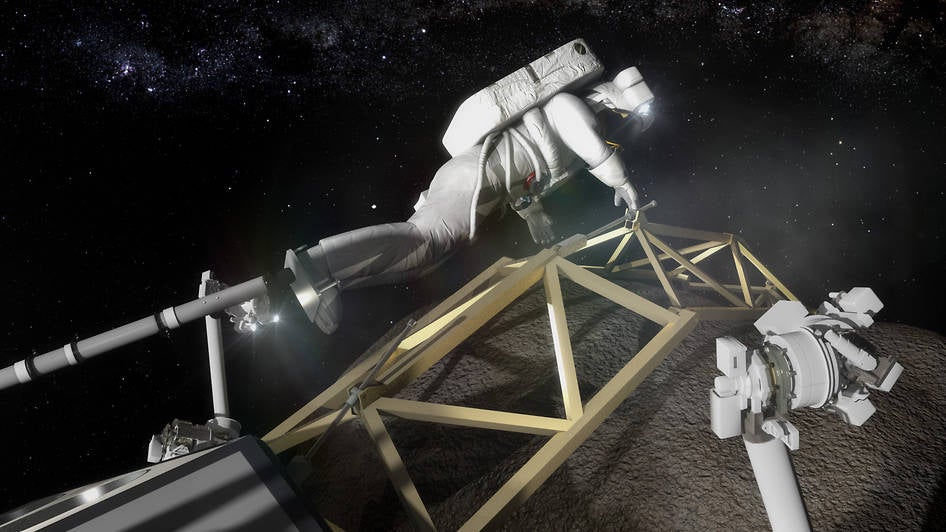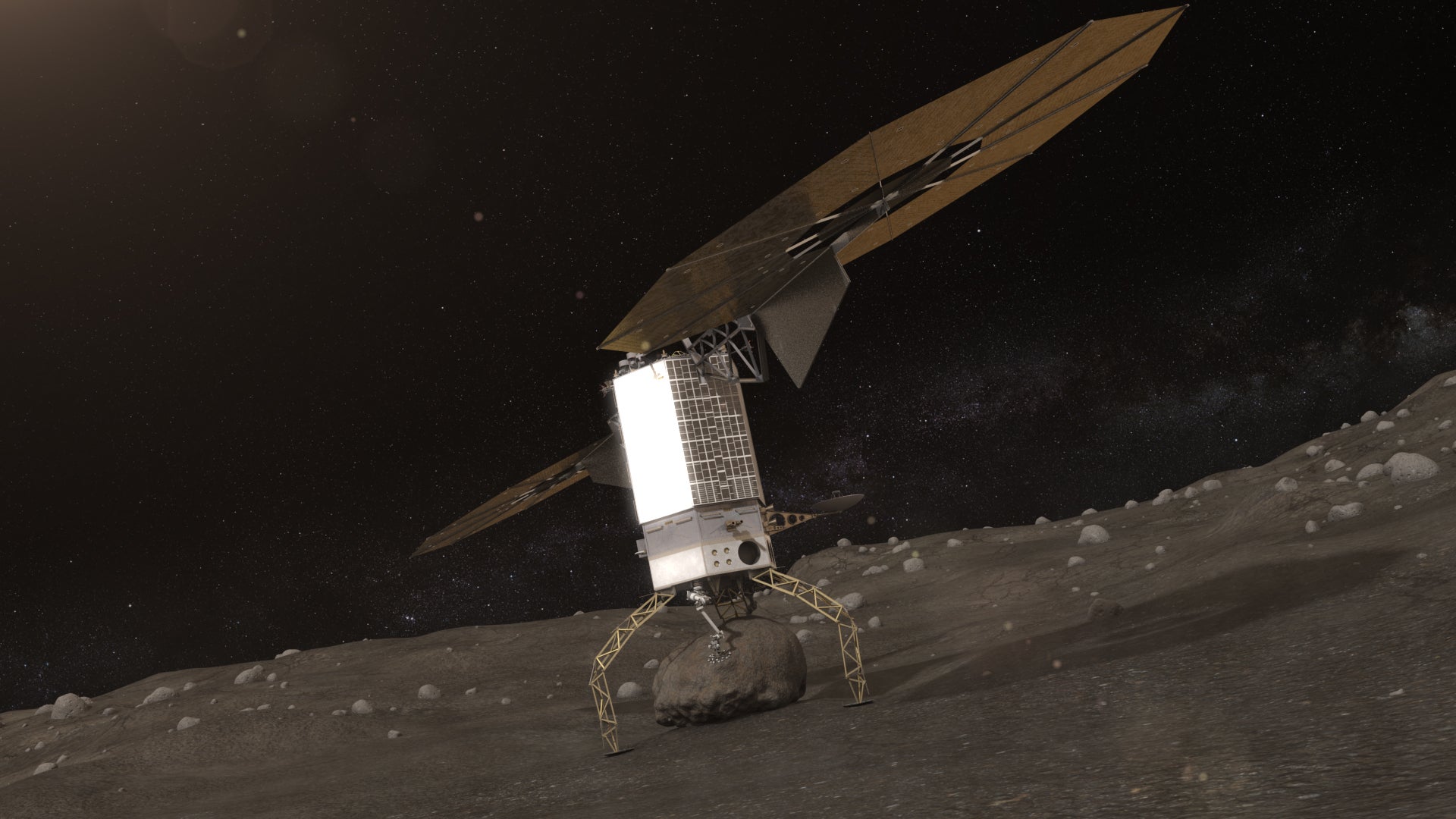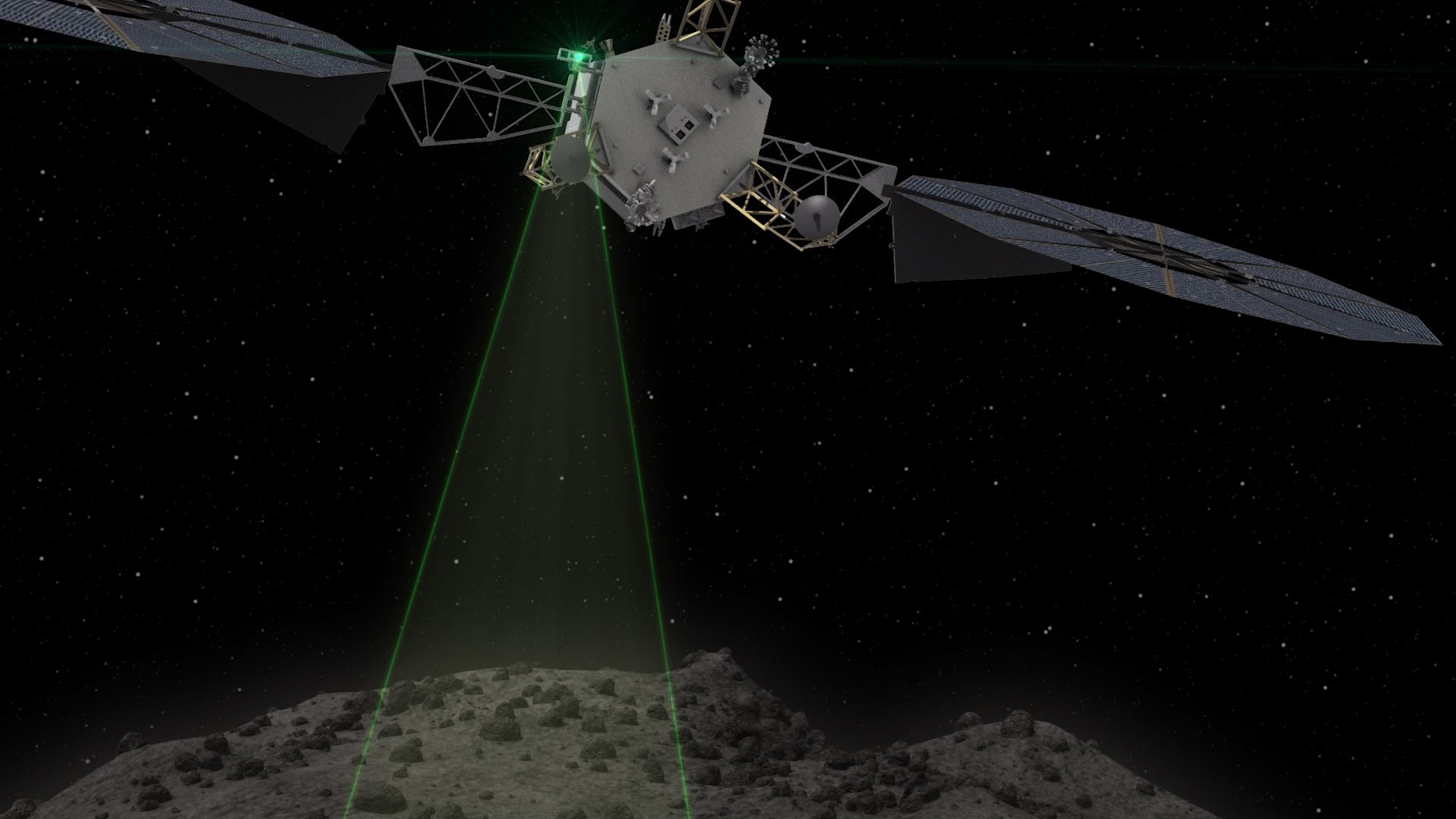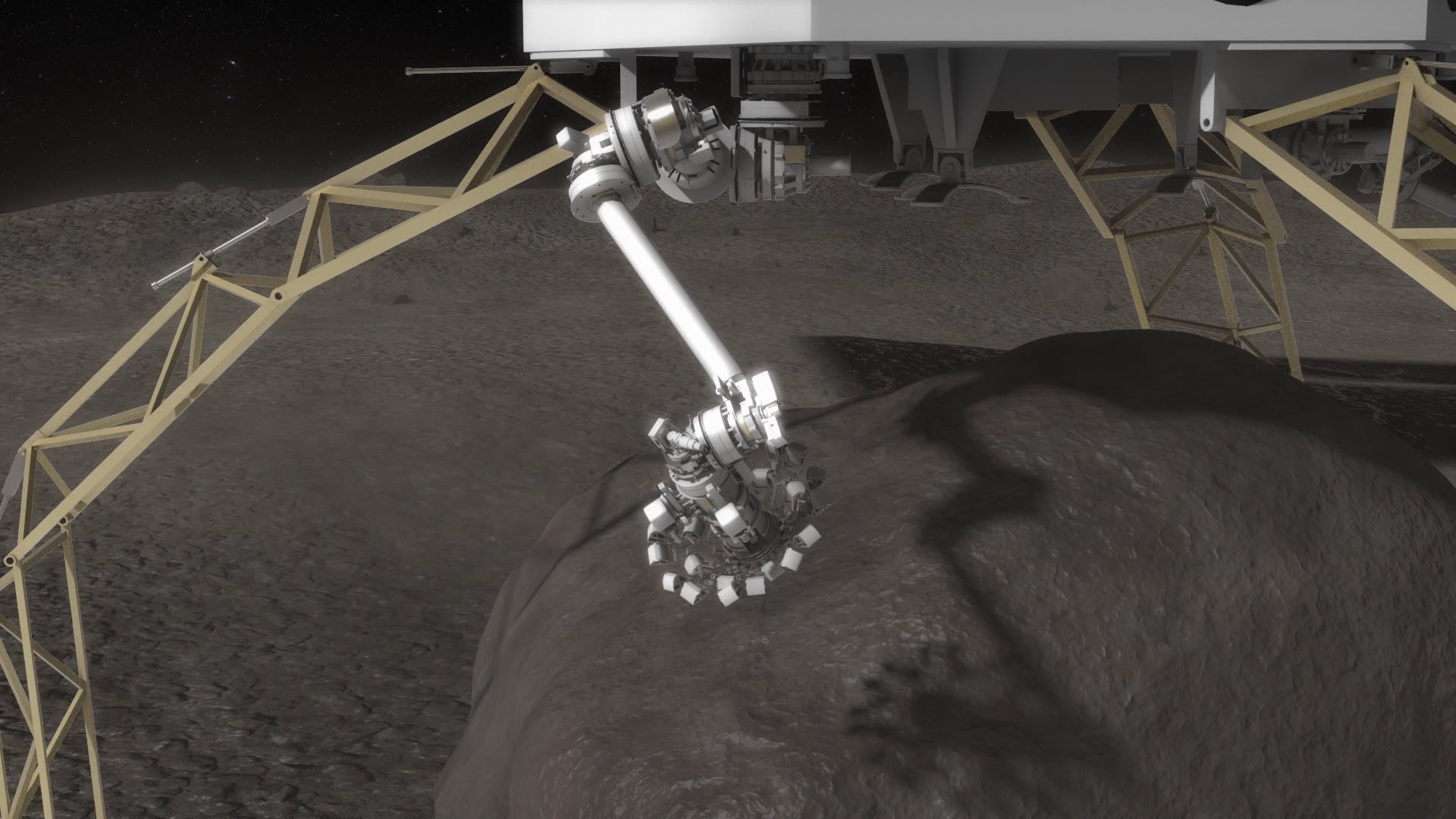Nasa is giving the moon its own moon, to keep Earth safe from asteroid impacts and prepare for mission to Mars
The Asteroid Redirect Mission will see a robotic arm pick up a boulder, testing technology that will be used for missions to Mars and could help save us from future asteroid collisions

Your support helps us to tell the story
From reproductive rights to climate change to Big Tech, The Independent is on the ground when the story is developing. Whether it's investigating the financials of Elon Musk's pro-Trump PAC or producing our latest documentary, 'The A Word', which shines a light on the American women fighting for reproductive rights, we know how important it is to parse out the facts from the messaging.
At such a critical moment in US history, we need reporters on the ground. Your donation allows us to keep sending journalists to speak to both sides of the story.
The Independent is trusted by Americans across the entire political spectrum. And unlike many other quality news outlets, we choose not to lock Americans out of our reporting and analysis with paywalls. We believe quality journalism should be available to everyone, paid for by those who can afford it.
Your support makes all the difference.Nasa will use a robotic arm to grab a boulder and send it into orbit around the moon, giving it its own moon, allowing astronauts to study the rock as it flies around the Earth.
The Asteroid Redirect Mission (ARM) will also allow Nasa to demonstrate many of the technologies that will carry humans to Mars. "The option to retrieve a boulder from an asteroid will have a direct impact on planning for future human missions to deep space and begin a new era of spaceflight," said Nasa associate administrator Robert Lightfoot.
The technology used could also help Nasa defend the planet from future asteroid impacts. During the mission, the agency will try out the techniques that it could use to throw an asteroid off course if it were coming towards Earth.

Nasa refers to the robotic arm plan as “option B”, and was selected over another plan that would see an entire asteroid redirected. In the successful plan, a robotic arm will land on an asteroid big enough to have suitable boulders on it, and then throw one of those into orbit around the moon.
Nasa said that it will pick an asteroid no earlier than 2019, and will launch the spacecraft carrying the throwing robot about a year later. Nasa has identified three candidates already — and expects to find one or two more per year — all of which will be examined for their shape, size, orbit and other characteristics before they are chosen.

When the asteroid is chosen, and the craft landed on it, robot arms will be deployed to grab a boulder. The unmanned ship will then send the boulder into orbit over a number of years.
The same technology could be used in future to save us from asteroids that are headed towards the earth. The robot could eventually defend the planet by using a technique called a “gravity tractor” — if it heads towards the asteroid, the robot’s gravity can throw off the course of an asteroid without touching it. That will work even better if the robot can successfully grab a boulder, giving it more mass and more gravitational pull.

The mission will also be testing out technologies for future missions into deep space.
The plan will make use of Solar Electric Propulsion, for instance, which allows spacecraft to convert sunlight into electric power and use that to move through space. Using that technique is less efficient than burning fuel, but means that space missions will need much less fuel and fewer launches, bringing down costs.

"Asteroids are a hot topic," said Jim Green, director of NASA Planetary Science. "Not just because they could pose a threat to Earth, but also for their scientific value and NASA's planned mission to one as a stepping stone to Mars."
Nasa has been receiving more and more money from the US Congress to fund its asteroid observations work, known as the Near-Earth Object Observations Program. It has been finding an increasing number of near-Earth objects, helping find rocks that could pose a threat to life on Earth.
Recently, the program spotted asteroid 2014-YB35, which will skim past the Earth this Friday.
Join our commenting forum
Join thought-provoking conversations, follow other Independent readers and see their replies
Comments